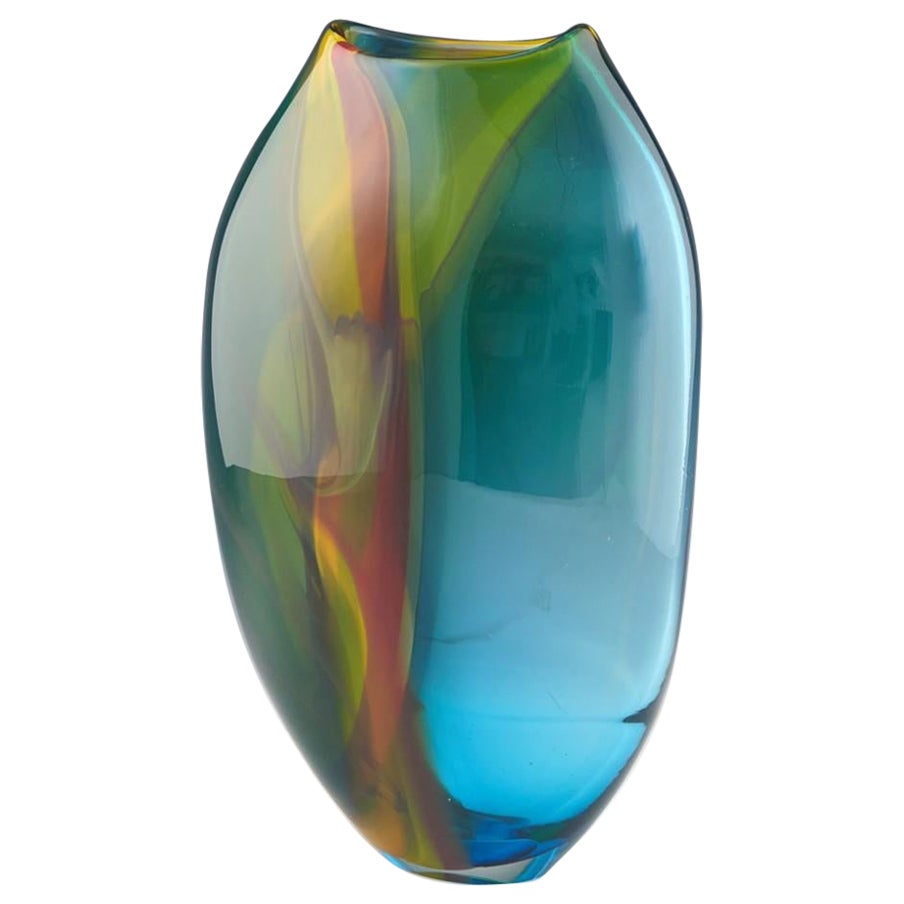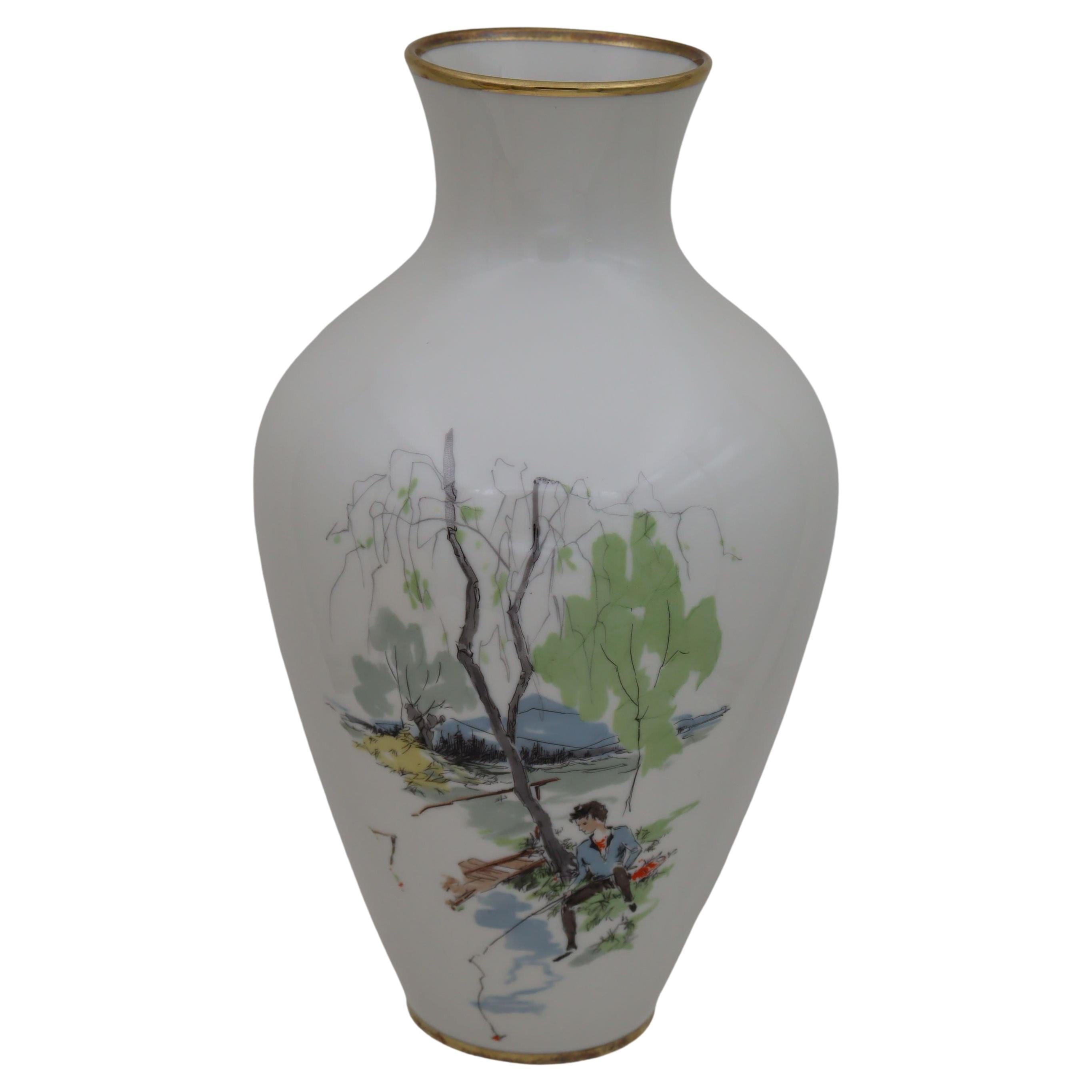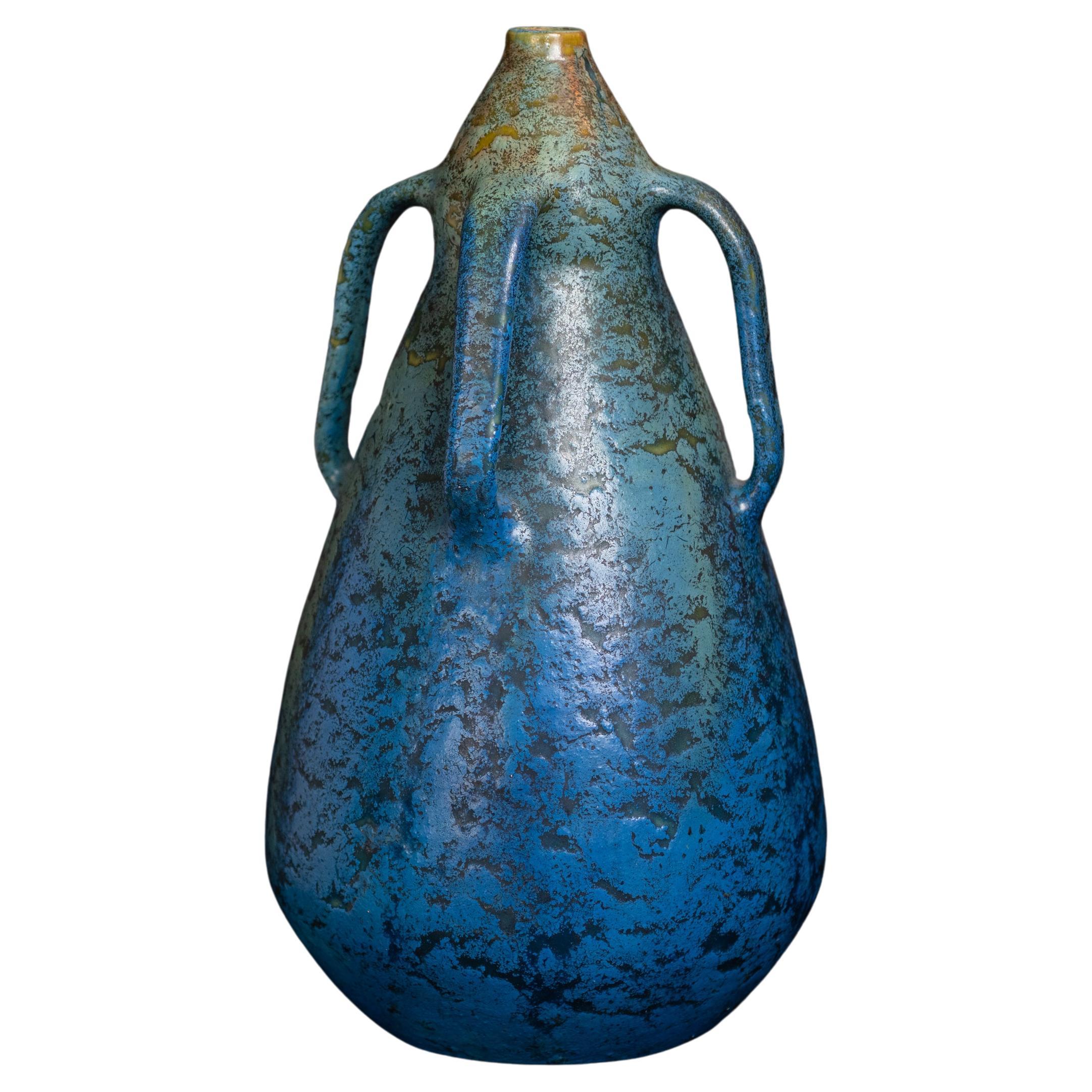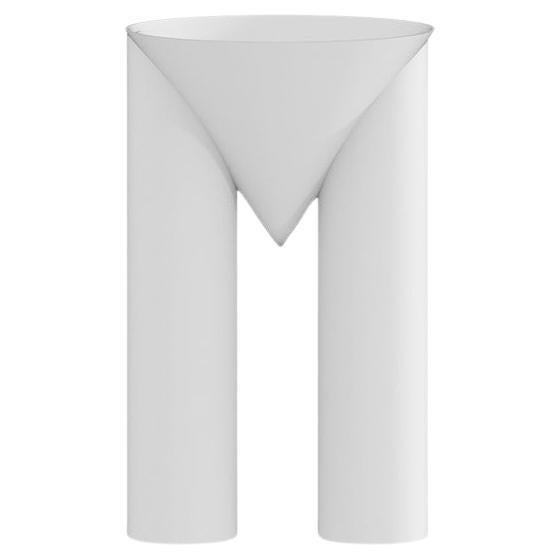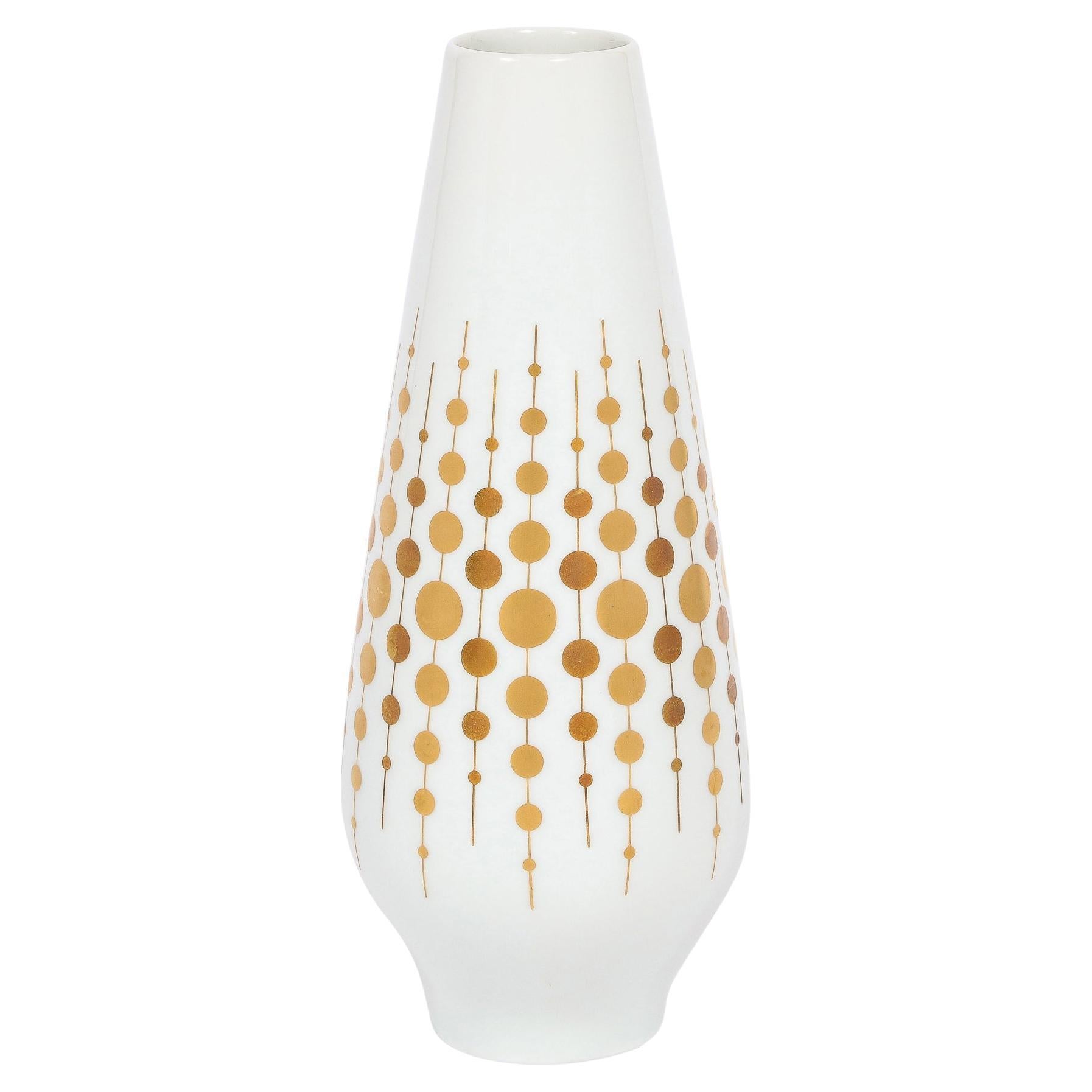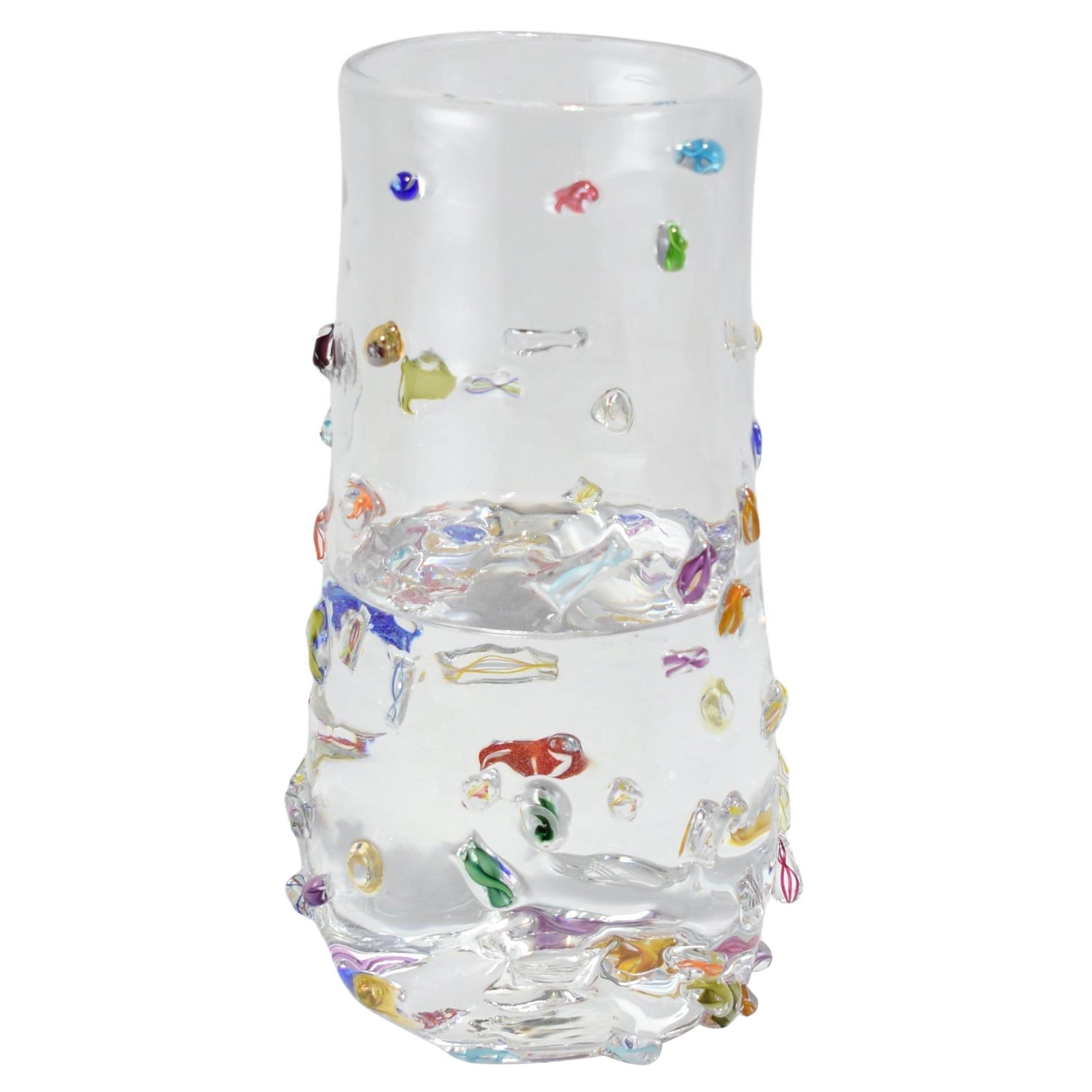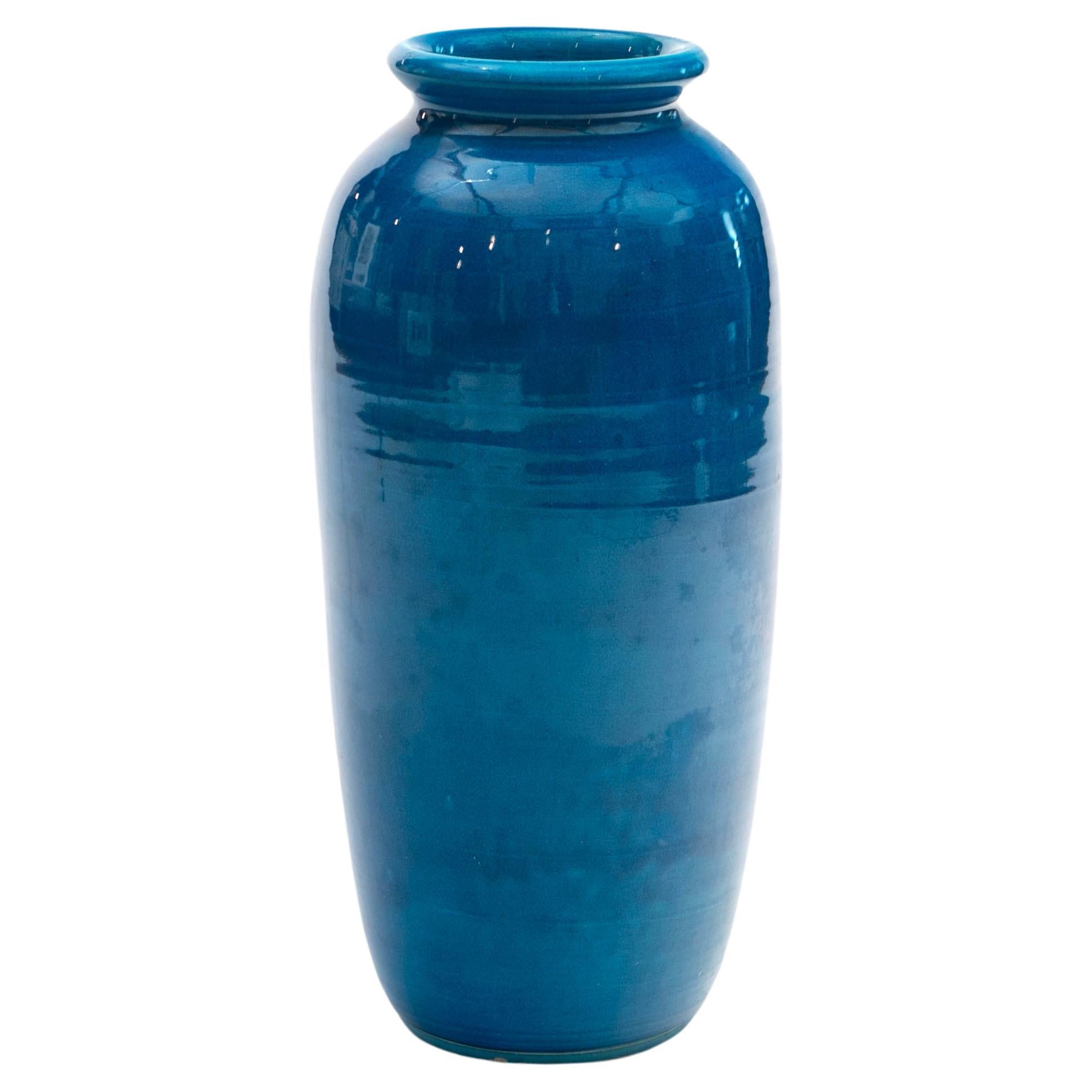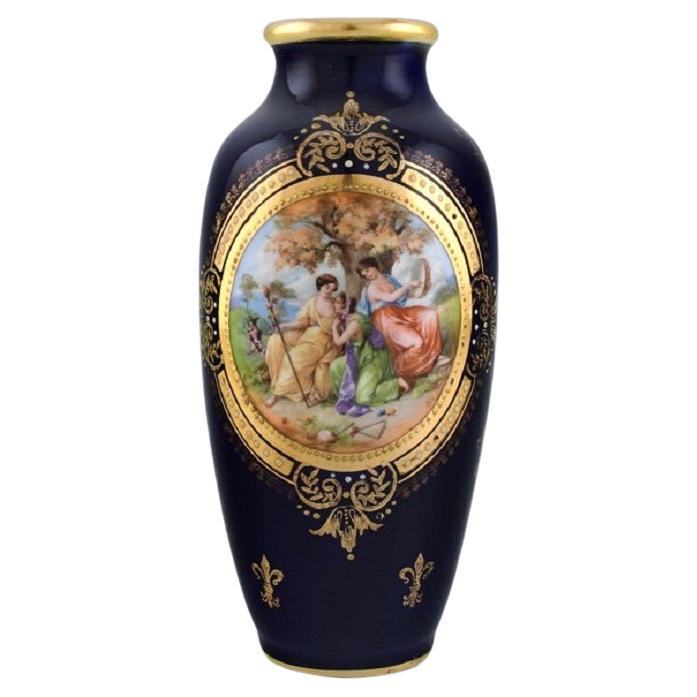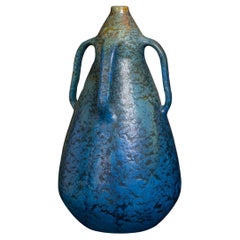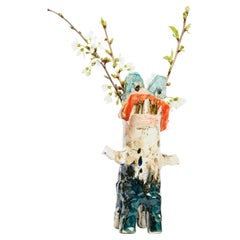
Tally Tall Einzigartige Keramikvase Kunst Wien Vienna 2023
View Similar Items
Video Loading
1 of 6
Tally Tall Einzigartige Keramikvase Kunst Wien Vienna 2023
About the Item
- Creator:(after) Pablo Picasso (Artist)
- Dimensions:Height: 11.82 in (30 cm)Width: 5.91 in (15 cm)Depth: 3.94 in (10 cm)
- Style:Modern (In the Style Of)
- Materials and Techniques:Ceramic,Glazed
- Place of Origin:
- Period:
- Date of Manufacture:2023
- Production Type:New & Custom(One of a Kind)
- Estimated Production Time:Available Now
- Condition:
- Seller Location:Wien, AT
- Reference Number:1stDibs: LU8688234839422
(after) Pablo Picasso
Pablo Picasso (1881 – 1973) was a Spanish painter, sculptor, printmaker, ceramicist, stage designer, poet and playwright who is regarded as one of the most influential artists of the 20th century. He is known for co-founding the Cubist movement, the invention of constructed sculpture, the co-invention of collage, and for the wide variety of styles that he helped develop and explore. Exceptionally prolific throughout the course of his long life, Picasso achieved universal renown and immense fortune for his revolutionary artistic accomplishments, and became one of the best-known figures in 20th-century art. The total number of artworks he produced has been estimated at around 50,000.
You May Also LikeView All
- A Tall Horizon Blue Studio Glass Vase by Phil Atrill, 2023Located in Tunbridge Wells, GBA Tall Horizon Blue Studio Glass Vase by Phil Atrill, 2023 Additional information: Date : 2023 Origin : Surrey, England Bowl Features : Bottle form that tapers to a 1cm neck with 5m...Category
21st Century and Contemporary English Vases
MaterialsGlass
- Hand coloured vase by Alka Kunst of GermanyLocated in East Geelong, VICThe title of this large porcelain vase by Alka Kunst of Germany is "Idyll" and the two hand coloured scenes either side depict idyllic scenarios. One scene shows a man sitting under ...Category
Vintage 1950s German Mid-Century Modern Vases
MaterialsPorcelain
- Bohemian "Flux" vase by kuk Fachschule fur Keramik und Verwandte KunstLocated in Chicago, USBOHEMIAN FLUX: A VASE, kuk Fachschule für Keramik und Verwandte Kunstgewerbe, Turn-Teplitz, c. 1905; the ceramic vase with a dark underglaze ground has a matte orange peel overglaze in ochre, apricot, lapis and celadon; the shape of the vase resembles a Japanese Saki bottle with the addition of four long and slender handles at the top third; incised before firing on the base in script lettering,“P.W.”, stamped before firing with the Fachschule mark and 73, and marked “G2.” in black ink; the vase measures: 13” high. Flux- continuous moving, a glazing method, fusion- the artist who produced this remarkable vase has presented a profoundly poetic and technical meditation on this subject. Moving way beyond the pursuit of creating only functional objects, the student ceramists at Fachschule Teplitz had ingrained in them the Europeans’ fascination for Japanese objects “from the floating world” and the design aesthetic known as Japonisme. Truly modern interpretations of Japonisme had begun to evolve into an internalizing of the aesthetic principles and a shift away from imitation of Japanese style applied to a Western format. This vase is noteworthy in that it illustrates this important Modernist shift in European ceramics. The elements of the saki bottle can be divided into three key components which taken as a whole create a rather feminine line. In keeping with this approach, the Fachschule student presents a slender bare neck, like décolletage, which flares ever slightly and then narrows to a high waist before voluptuously widening down and terminating gracefully to a round base. The ceramist gives special emphasis to pleasing proportions and the complementary relationship to the number 3; the measurement at the widest section of the vase equals the same distance from that point up to where the bottoms of the handles join to the body of the vase as well as the full arms’ length. Instead of inscribing the vase with Japanese calligraphy denoting a saki shop, the student takes a radically modern approach by attaching the vase with four handles. And yet, this act is every bit a form of written identification. The arms are the embodiment of the idea of flux in that they are a substance applied to a surface by the welding together to promote their union. The handles serve a new and surprising function. They are carriers of a concept. Fluidity- flux -can be created when an artist joins disparate elements into a harmonious whole. Flux is also a substance used to promote the fusion of minerals and metals and a term describing ceramic glazing. The presence of silica in glazes creates a glassy finish when fired at high temperatures. Matte glazes result from the presence of crystals under the surface and the balance between silica, flux and alumina in the glaze materials. By deliberately under-firing this vase and playing with a combination of additives forming the flux glaze, the end result appears matte and textured. The orange peel quality and alluring color palette are transformative. The effect evokes a waterfall or another continuous moving flow of water like a stream - in flux. So not only does this artist take a Meiji Period saki bottle and the aesthetic tenets of Japonisme as the formal and theoretical points of departure, the artist infuses the work with the symbolism of skill itself where artistic mastery as the embodiment of flux becomes the subject to ponder. As a fully realized and beautifully rendered piece, the vase attests to the artistic prowess of its creator. No longer a mere student working in the shadows of the teacher and no longer simply imitating or replicating past styles, this emerging artist shows the complete fluid transfer from student to master ceramist. Seen in this light, the vase represents a significant and pivotal achievement in Modern European ceramic ware. Fachschule für Keramik und Verwandte Kunstgewerbe (the Imperial School for Ceramics and Associated Applied Arts, 1875-1917) was a powerhouse of the ceramics industry. Located in the Turn-Teplitz region of Bohemia near the German border of what is today The Czech Republic, this was Europe’s largest pottery center in the first part of the 20th century. The school played an integral role in the center’s internationally regarded success as it provided the foundation of sourcing and training new talent for noted local manufacturers such as Amphora. It was at the Fachschule that master artists from these local ceramics houses enjoyed teaching and lecturing posts, and in true synergistic spirit, the big ceramics...Category
Antique Early 1900s German Art Nouveau Vases
MaterialsEarthenware
- German Mid-Century Modern Ceramic Vase by OCA Kronach Kunst Bavaria 1950sBy OcaLocated in Miami, FLExquisite Mid-Century Modern German ceramic vase by Oca Kronach in Bavaria. With a design that includes incised perpendicular lines on a dark brown background with a foamy grayish la...Category
Vintage 1950s German Mid-Century Modern Vases
MaterialsCeramic, Pottery
- Tall Valet VaseBy Leonardo FloresvillarLocated in Ciudad De México, MXThe Tall Valet Vase is crafted by hand in metal and coated with a matte electrostatic finish its diameter can be customize.Category
21st Century and Contemporary Mexican Modern Vases
MaterialsIron
$550 / item - Mariela Ceramica, Cordillera Vessel, 2023Located in Knokke-Heist, BEMariela Ceramica Cordillera vessel. Hand made vase using the coiling method. Coiling is an ancient technique that has been used thousands of years. This process involves taking a sma...Category
2010s Belgian Vases
MaterialsCeramic
Recently Viewed
View AllMore Ways To Browse
Wien Ceramic
Dior Fall 2010
Glazed Ceramic Vienna
Florian Vase
Art Nouveau Cameo Glass
Midcentury West German Vase
White Porcelain Bird
Aqua Mid Century
Italian Pottery White
Midcentury Yellow Glass Vase
African Clay
French 1940s Vase
Midcentury Japanese Vase
Round Glass Art Vase
Unglazed Clay
W Germany Vase
Wooden Centerpiece
Green Yellow Red Vase
